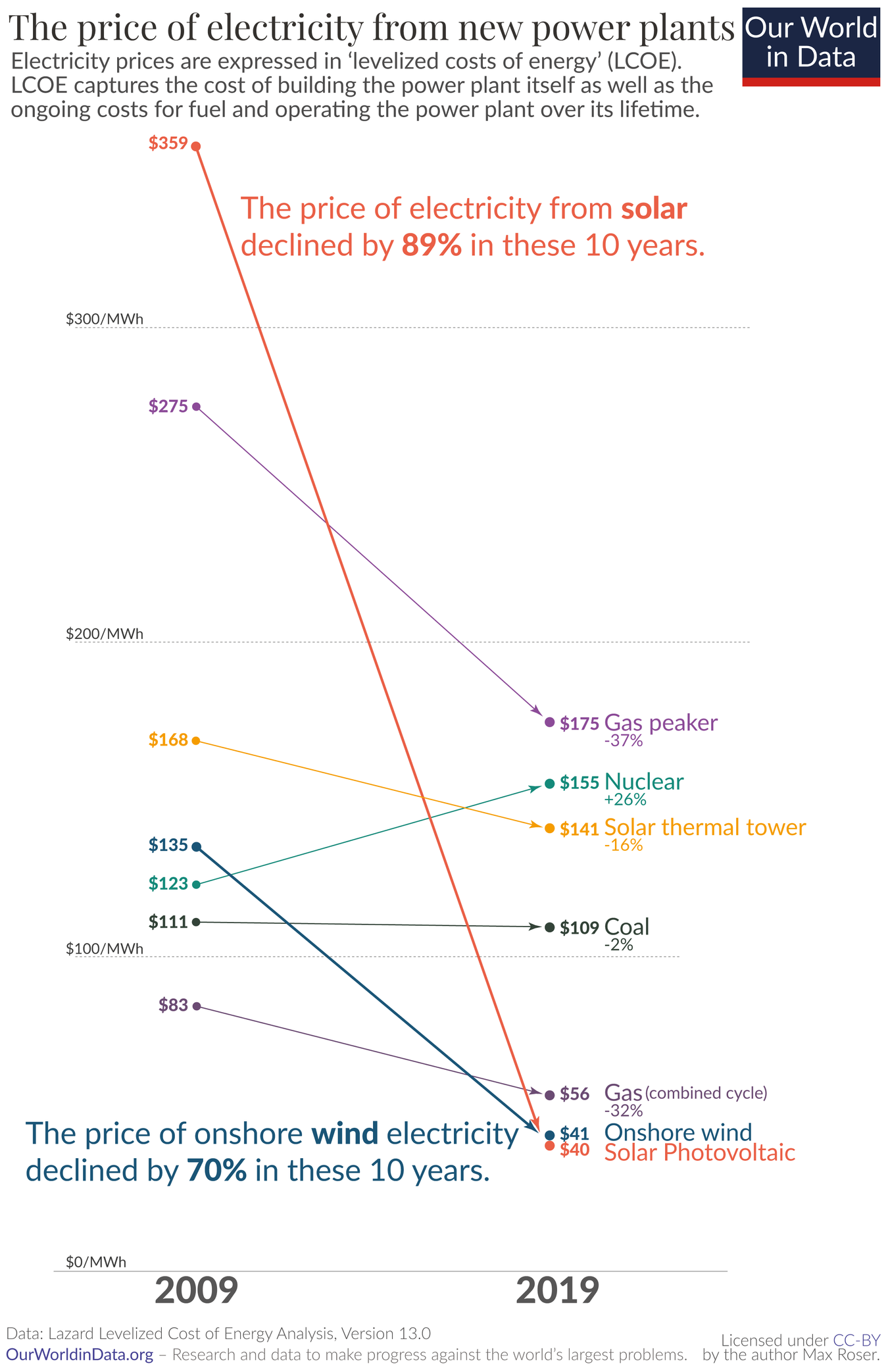Technology
This is the official technology community of Lemmy.ml for all news related to creation and use of technology, and to facilitate civil, meaningful discussion around it.
Ask in DM before posting product reviews or ads. All such posts otherwise are subject to removal.
Rules:
1: All Lemmy rules apply
2: Do not post low effort posts
3: NEVER post naziped*gore stuff
4: Always post article URLs or their archived version URLs as sources, NOT screenshots. Help the blind users.
5: personal rants of Big Tech CEOs like Elon Musk are unwelcome (does not include posts about their companies affecting wide range of people)
6: no advertisement posts unless verified as legitimate and non-exploitative/non-consumerist
7: crypto related posts, unless essential, are disallowed
view the rest of the comments

Wind and solar complement each other. The sun often shines when the wind isn't blowing. We have plenty of historical weather data on how long the lulls where neither would work for a given region. That tells you how much storage you need to fill the gap. Pad that out, and you're good.
Nuclear does nothing to help this calculation. It's just expensive.
Not only that, but we don't have to do this all at once. The math often works out that getting to 95% renewable is far easier than shooting for 100%, with existing fossil fuel plants making up the remainder. This is fully achievable by 2030, by which point we want to drastically reduce emissions. Then we can worry about the last 5%.
There is no such plan for nuclear. If you had all the permits signed off and dirt being shoveled right now, then you would not have a single MW of new nuclear feeding the grid by 2030. They take too long to build. Budget and schedule overruns are the norm, and it's a wonder that anyone is investing money into them at this point.
In fact, they aren't. The US federal government has shown a willingness to sign permits for new nuclear plants. Nobody is buying, and there's no mystery as to why.